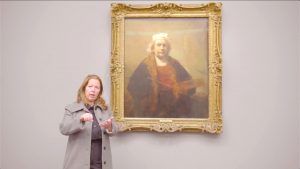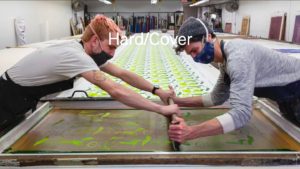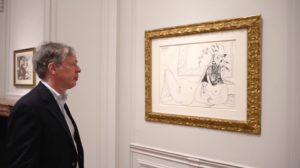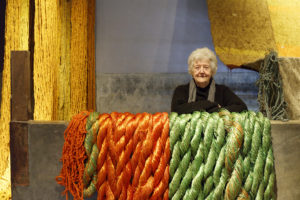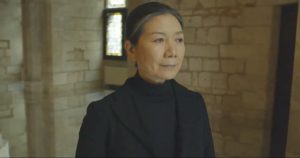“Something to marvel at about him that I used to wonder – how can someone who has lost so much, who has been separated from his family, who’s seen so much death up close, who’s had his home broken into by soldiers, who really lived through actually a terrorist regime – how does any human being come out of that with so much profound joy?” —Elizabeth Alexander on Ficre Ghebreyesus
The extraordinary story of the chef and painter Ficre Ghebreyesus is only now, eight years after his untimely death in 2012 at the age of 50, coming to light. Galerie Lelong was to open an exhibition of his work in April, now postponed due to COVID-19 restrictions. Lelong has shared this clip featuring painter Julie Mehretu and Ghebreyesus’s widow, the poet Elizabeth Alexander, visiting in the late painter’s studio about one of his works, from the documentary “The African Sublime of Ficre Ghebreyesus.”
From Galerie Lelong:
Through a bright, joyful palette, Ghebreyesus shifts seamlessly between abstraction and representation. The artist’s notable use of translucent layers of acrylic melds the people he met, the religions and cultures he was exposed to, and alphabets of the eight languages he fluently spoke onto the canvas. In Mangia Libro (c. 2011), a morphing land and seascape surround a boy in yellow who reads a book clutched in his hands. The figure seems to float in the dream-like composition comprising windows and passageways in the background, while a whorl of iridescent green in the foreground hints at a body of water with rich biodiversity emerging from its surface. A reference to Eritrean textiles conveyed through a vibrant checkerboard pattern is slightly hidden towards the side. The work’s title “mangia libro” means “book-eater” in Italian. Having been Ghebreyesus’s nickname as a child, the painting commemorates the promising student whose education was halted by war.
?rel=0&showinfo=0






